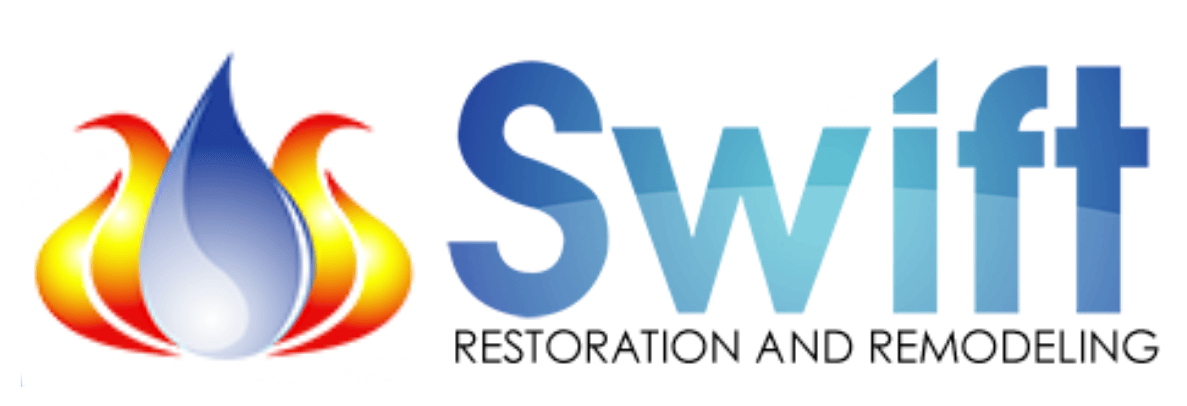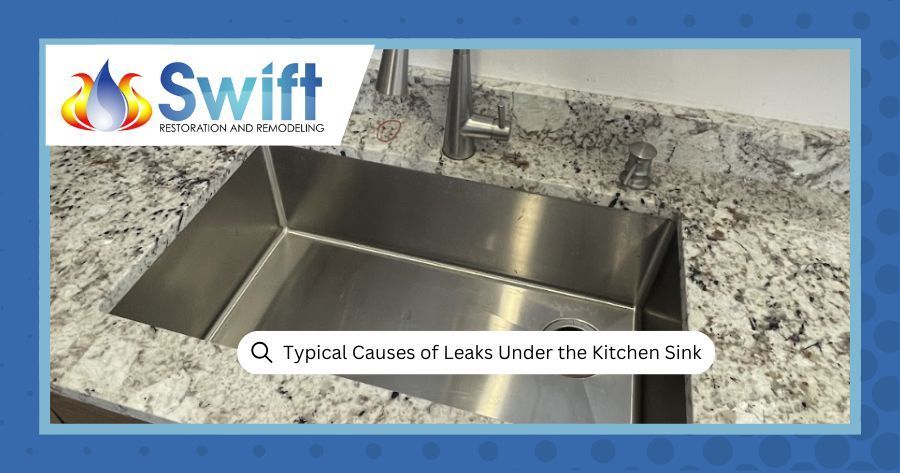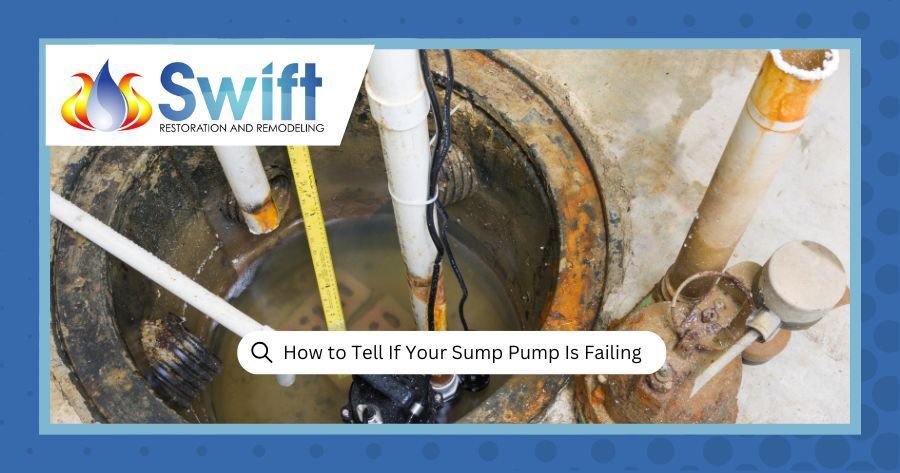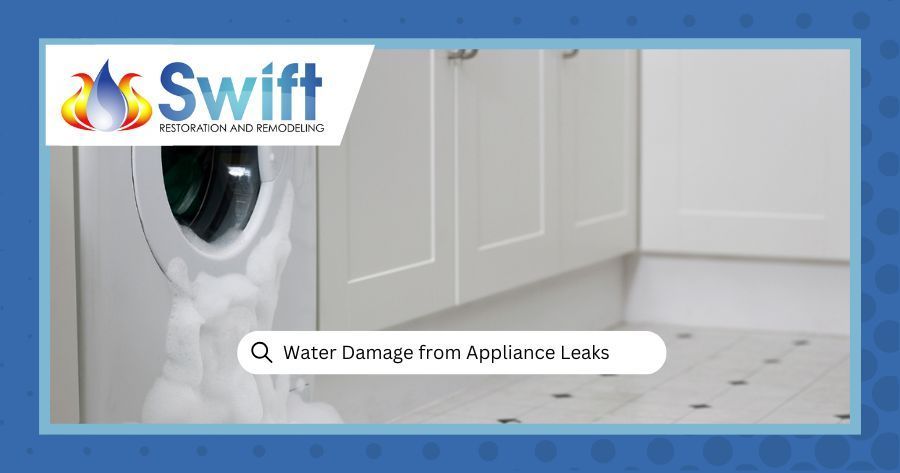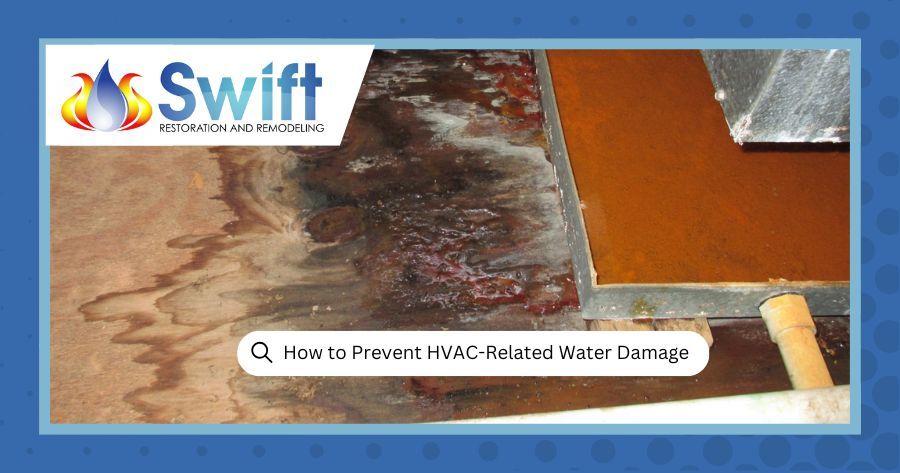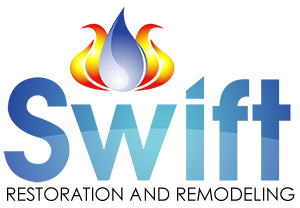Restoration Tips Blog
Call Now for Emergency Water Damage Help
When every minute counts, you can count on our licensed and certified team at Swift Restoration and Remodeling. We are on standby to handle water damage restoration in Layton, from emergency cleanup to full rebuild. Call us at (385) 412-8633 for 24/7 emergency restoration!
Our Service Areas
Swift Restoration and Remodeling offers services in residential and commercial restoration for the following cities:
Get A Free Estimate
By filling out the form below
NEED HELP WITH DISASTER RESTORATION?
GET A FREE QUOTE TODAY
We are IICRC certified and hire only the most trustworthy and dedicated team members to ensure that each job is taken seriously and handled with absolute professionalism.
FIND US
Swift Restoration and Remodeling
2900 Pennsylvania Ave, Unit C Ogden, UT 84401
Map
© 2025
All Rights Reserved | Swift Restoration and Remodeling
